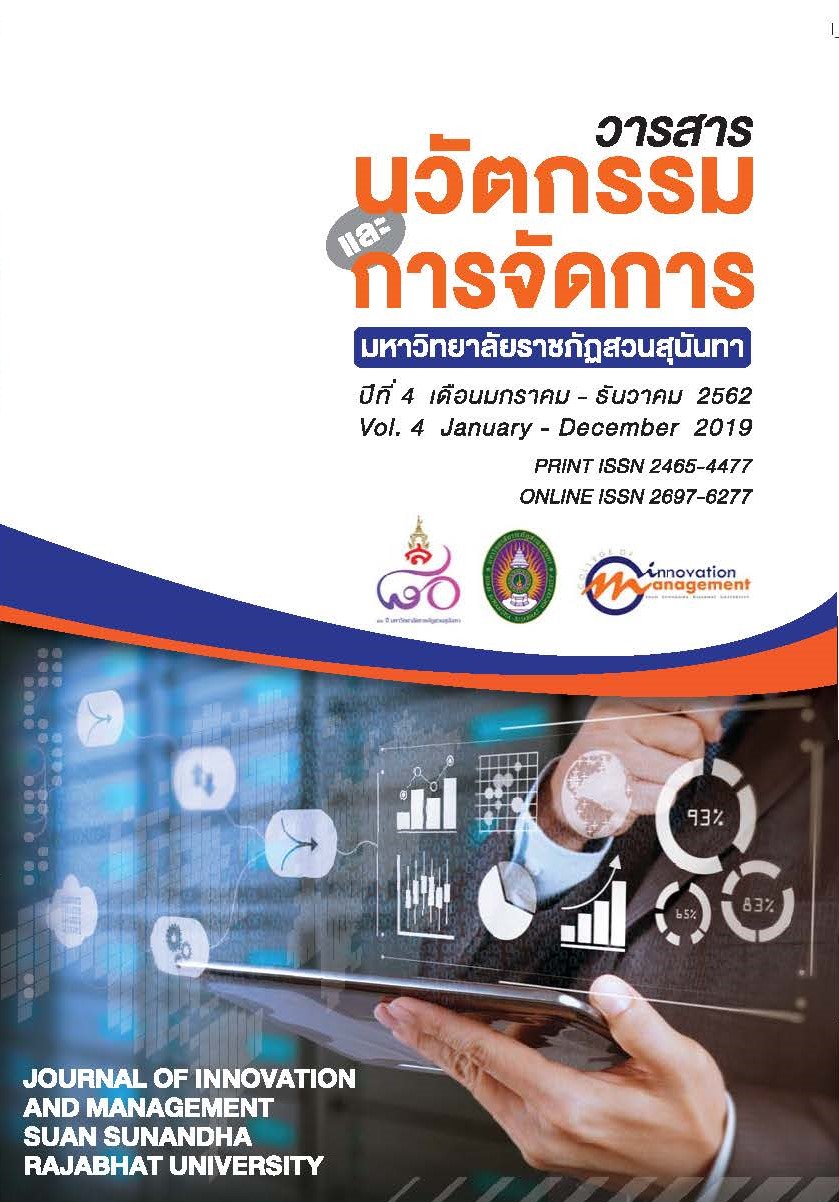Solutions to Problems and Difficulties Regarding the Implementation of Electronic Monitoring Device in the Custody of Outside Intimates
Keywords:
The custody of intimates, Outside intimates, Electronic monitoring device, Ankle braceletAbstract
The present research study has been conducted based on the fact that prison is a place where culprits are legally punished before being released to the society in a more decent condition, disclosing the prison overflow problem, which directly affects most governmental sections. That is, an idea to implement new technologies for the custody of outside intimates is considered effective to keep them in confinement. The purposes of this research study were 1) to study the theoretic concepts regarding the custody of outside intimates; 2) to examine problems and difficulties regarding the custody of outside intimates; and 3) to seek solutions to problems and difficulties regarding the implementation of electronic monitoring device in the custody of outside intimates. The study was the qualitative one, in which an interview was employed. The interview contained open-ended questions, which were deemed flexible to various perspectives. The interview result was then logically analyzed in response to each research question. The results revealed that the use of electronic monitoring device is an effective solution to problems and difficulties regarding the custody and contributorily incurs a decrease in the numbers of intimates within the prison. Also, such a solution can bring the communities to confidence and safety, giving an opportunity to the intimates’ families to take part in the behavioral betterment of theirs. This explicitly implies that keeping the intimates in confinement at the right place and timely manner is a great solution displaying more advantages than does imprisoning them inside.
References
Black, M., and Smith, R. G. (2003, 5). Electronic Monitoring in the Criminal Justice System. Trends & Issues in Crime and Criminal Justice, 1-6.
Brennan, P. (2006). Sex Offender Supervision with Satellite Tracking. Sheriff, 58(1), 42-44.
Deuchar, R. (2011). The Impact of Curfews and Electronic Monitoring on the Social Strains, Support and Capital Experienced by Youth Gang Members and Offenders in the West of Scotland. Criminology & Criminal Justice, 12(2), 113-128.
Jitsawang, N. (1998). Human rights of inmates are being violated. Corrections, 46 (3), 20-35, in Criminal Code (CSC), retrieved 20 November 2015 from: http://web.krisdika.go.th/data/law/law4/%bb06/%bb06-20-9999-update.pdf
Jones, R. (2014). The Electronic Monitoring of Offenders: Penal Moderation or Penal Excess? Crime, Law and Social Change, 62(4), 475-488.
Kilgore, J. (2013). Progress or More of the Same? Electronic Monitoring and Parole in the Age of Mass Incarceration. Critical Criminology: An International Journal, (21), 123-139.






